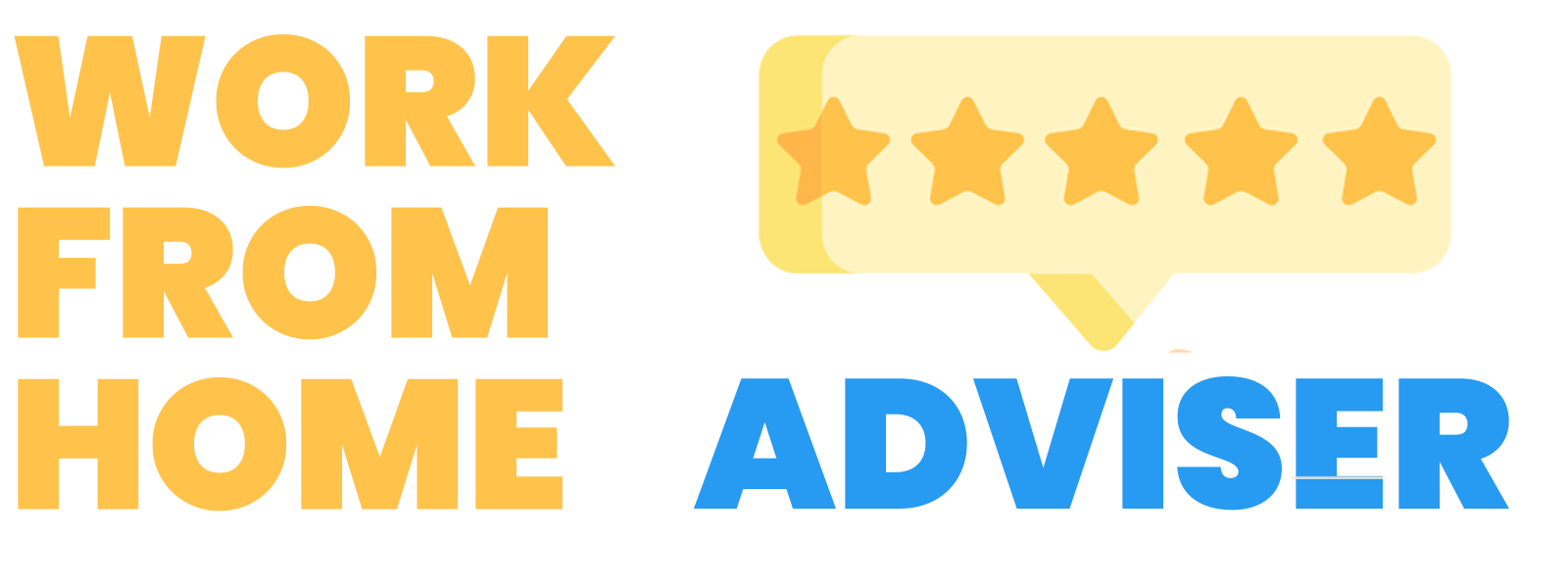Marsha started her career as an accounting clerk…she is now the Vice President of the company.
Bob started his career as a sales associate…he is now the CEO of the company.
Martin started his career on the manufacturing shop floor…he is now the VP Operations.
Susan started her career in the mail room…she is now Vice President of Marketing.
What do all these people have in common? They all showed a desire to learn, grow their skills and contribute more to the company and the company saw their potential and enrolled them in a structured leadership development program.
The saddest and most avoidable conversations when doing exit interviews with good employees are the ones that include, “I’m leaving for more growth opportunities because I don’t see a path for that here.”
There are two sides to that coin…an employee’s responsibility to speak up and say what they want and the organization’s responsibility to show them what’s possible.
With more people working remotely we have seen more, not less, opportunity for growing your career.
No longer do you have to ‘work at head office’ to be seen.
What is Leadership Development?
Some people think about leadership development in very confined terms. Being in a leadership development program, must mean you are aiming toward a supervisory or management job title. This restrictive definition leads to so many lost opportunities to grow and develop great employees at all levels of the organization.
There are many ways that employees can contribute their leadership skills to an organization beyond the job title. If an organization wants to be agile and positioned to take advantage of opportunities, you need lots of different people who can jump in and lead different projects or initiatives. You also need committed champions at all levels of the organization to help when you are going through times of turmoil and change.
Leadership isn’t about the job title…it is about contribution.
Simply put, leadership development is about offering motivated employees, regardless of job title, the opportunity to grow their skills and contribute to the organization at their highest level.
Why is a structured and visible Leadership Development program so important?
Because it can transform a culture, especially in a virtual world.
Your future success as an organization is only as good as the leaders you develop.
Cultivating Talent:
Your organization is either known for cultivating talent or it is not.
I love checking out ‘the word on the street’ when starting work with an organization. I seek out the entry level employees, some who are relatively new and some who have been in their roles for a while and ask them what they know about growth opportunities in the organization. Those conversations tell me the strength of an organizations leadership development system. You have to get up, get out, move from beyond your desk, and ask questions.
If I hear things like, “Oh you can only get those kinds of positions if you live near the head office,” or “I would have to work here 15 years before I ever got that opportunity,” I’ve learned something about your culture.
‘The word on the street’ is your culture, it is the way employees talk about you behind your back and it impacts their contribution to your organization.
And, as Sandy Ogg says… “Culture eats strategy for breakfast — in the absence of leadership.”
Business Results:
When you have a number of people in different areas of the organization that are willing and able to jump into leadership roles at short notice you are able to respond quickly to changing market conditions and new opportunities.
I worked with a Marketing Director in a tech firm whose dream was to be the CEO of a start up company. Together, we created a leadership development plan to showcase his talents and develop skills in his current company as if he was on the fast track to the CEO chair. He looked for opportunities to share strategic insights, he had growth conversations with his manager and the CEO, and he volunteered for stretch assignments and new projects that resulted in business growth. When the company started to explore capitalizing on the market on another continent, they originally saw it as a 2-3 year strategic plan. He put up his hand and said, what if we could start now?
Due to this focused leadership development plan the Marketing Director became the Business Unit Head of a new division in an emerging market, basically the equivalent of the CEO of a start up!
And, that business unit just landed the biggest account in the company’s history…during a world-wide pandemic!
Succession Planning:
We have seen so many companies die, or seriously flounder, due to a very large crack in their leadership pipeline.
We worked with one company where everyone in the C-suite was over 60, and the CEO was 82! When asked to go around the table and name their potential successor, only 2 out of 8 people could identify a person they were confident could step into their shoes and seamlessly transition.
These leaders were all very smart, talented and committed individuals. They cared deeply about the success of the current business, however their actions showed a dire neglect and lack of foresight for the future success of the company.
A rule of thumb great companies operate by is that everyone who holds a formal leadership position better have one or two people developed enough to take over at a moment’s notice.
It’s estimated that 10,000 baby boomers retire every day – that’s almost 4 million retirements each year. How many of those 4 million people are in leadership positions? How many trained their replacement before they left?
Leadership development programs directly address succession planning issues by creating a structured and formal pipeline of leaders who are focused on accelerating the development of crucial skills and competencies. These programs are crucial for the sustainability of every organization.
Agility:
Leadership development initiatives foster organizational and individual agility and position your leaders and teams to respond to challenges and unexpected events. This works both from the bottom up (a highly skilled and motivated workforce is able to innovate faster and adapt to change) and from the top down (great leaders have a unique ability to inspire people to overcome challenges and are themselves flexible and adaptable).
Research by organizations such as the Korn Ferry Institute shows that a person’s ability to learn and adapt continuously is a better predictor of future leadership success than past performance and demonstrated skills.
In this WFH world the opportunities for ‘agile’ learning and development have greatly increased. The assumption that development opportunities can only be offered to those people residing in close proximity to the team has been blown up. Someone in Canada can lead a project team located in the UK, without having to pack up their lives and move.
Cross-cultural and cross-functional learning opportunities also make for a bigger leadership talent pool. Being purposeful about this through your development program ups your organization’s agility factor and ensures you are ready to shift and adapt to a changing landscape.
What makes a good “Leadership Development Program”?
From a thirty-thousand-foot view “Leadership Development” is a great way to build organizational capability by ensuring people are operating at their full potential and you have a solid pipeline of future leaders who are ready to step in to support the organization’s challenges and growth.
A formal development program can include:
- Management-track programs for high-potential employees with written development plans that identify current strengths, individual goals, organizational opportunities and clearly address gaps between current skillset and future goals
- Support systems for senior leaders who are new-in-role, first time managers and emerging talent
- Professional development workshops aimed at specific leadership skills
- Career planning resources to enable upward mobility
- Continuous development opportunities including stretch assignments and mentoring
- Discretionary budgets allocated for employee self-development
- Professional executive coaching
Every organization has a unique approach to leadership development, depending on their personnel requirements, the resources available, and the organizational culture.
When you create a structured and visible leadership development program you convey to your employees that you are focused on the sustainability of the organization…you care about their future!
And you invite a higher level of engagement in those people who have a keen desire to learn, grow and contribute. This could prevent them from leaving and taking their talents to the competition.
Leadership Development & Your Career
On a personal level for you as an individual leader, participating in a leadership development program is a fantastic way to grow and accelerate your career.
Typically, leaders are selected to be in a program and if you have this opportunity you should JUMP at it.
The organization is investing in you as a leader and that tells you something.
The org believes in you.
And believes in the future you.
They see potential in you.
The list goes on…
And you don’t have to wait for your organization to get on board or start something more formal. You can take the reins and create your own development plan and pitch it to your manager.
Or you can ask what it will take to get you invited to a leadership development program that already exists.
In a leadership development program, you will have access to a number of key elements that can help your career growth, such as:
- Your own executive coach for individual learning
- Group workshops / learning experiences
- 360 assessments and other self-awareness assessments
- Opportunities for work assignments that test and stretch your skills
What if Executive Coaching is not part of my organization’s leadership development program?
Coaching is an immensely powerful tool to transform yourself and your career. Your coach is both your champion and your challenger. They will work to help you be very conscious and purposeful about where you want to take your career. They’ll help you identify where you want to focus your attention.
The power of the coaching relationships is that this person has no organizational power over you. You can share your successes and your struggles in a non-judgmental environment with no fear that what you say could limit you or your career in any way.
Questions that are common include:
- Where do you want to take your career?
- What do you need to develop in yourself to get there?
- What are your other options?
- Who can help you get there?
- What’s stopping you from getting to where you want to go?
- What are you willing to do to achieve your goals?
A coach gives you a safe space to explore who you are and what you want and then keeps you accountable to pursue your goals.
Simply put, coaching gives you the tools to actualize yourself.
So, if an executive coach is not offered as part of your leadership development program, take your discretionary self-development budget, and hire your own. It will be the best investment you make in yourself.






